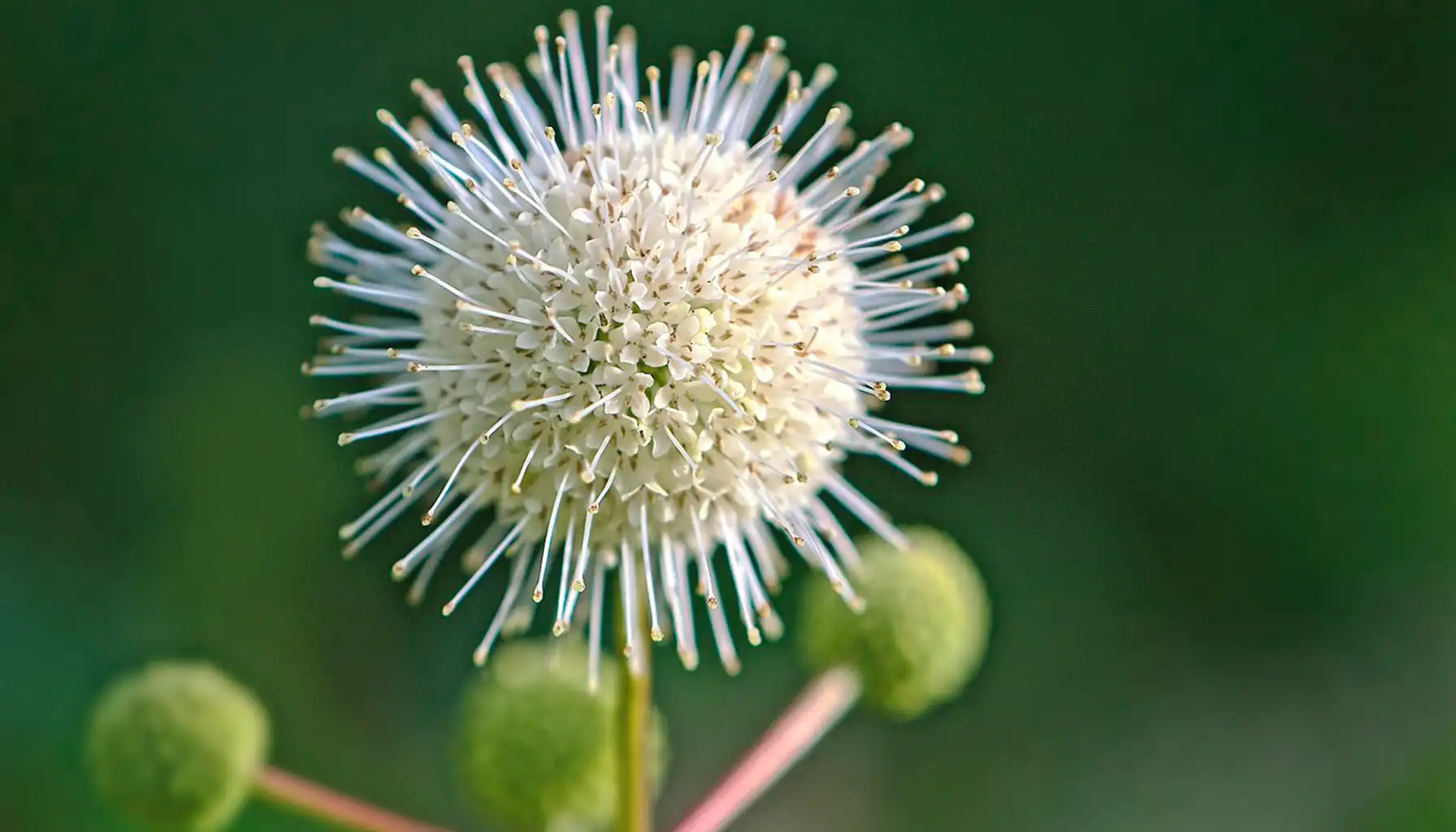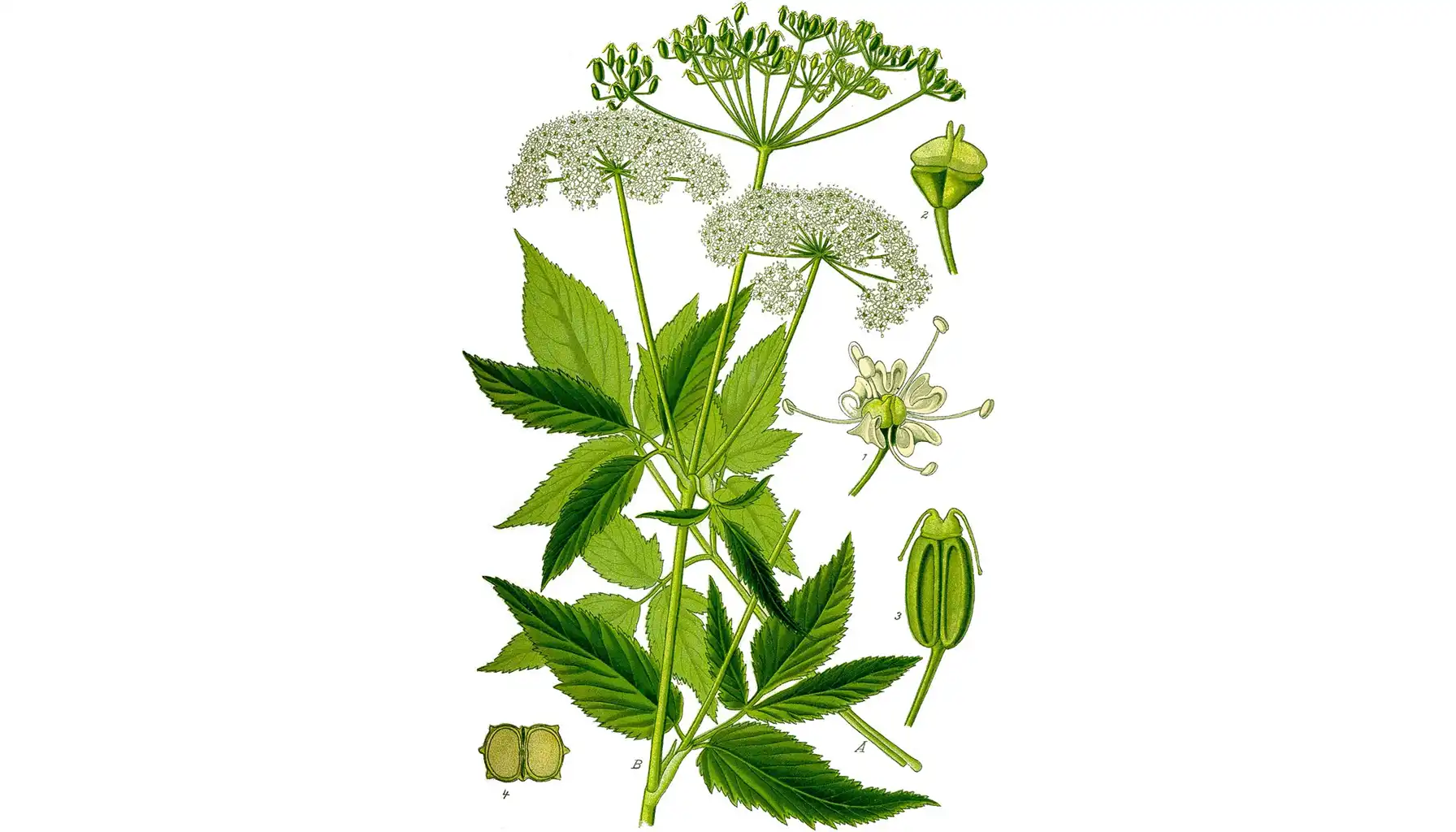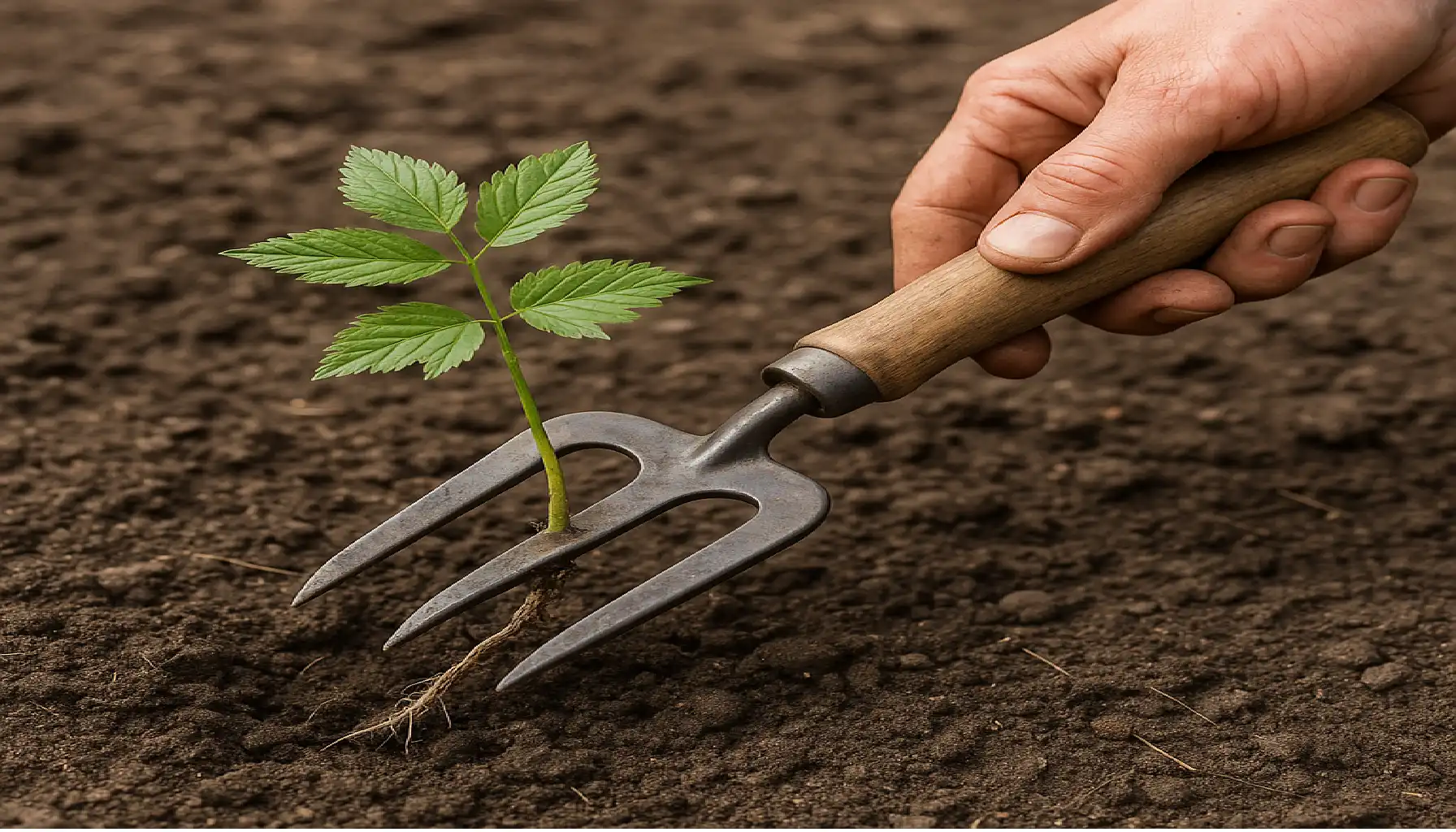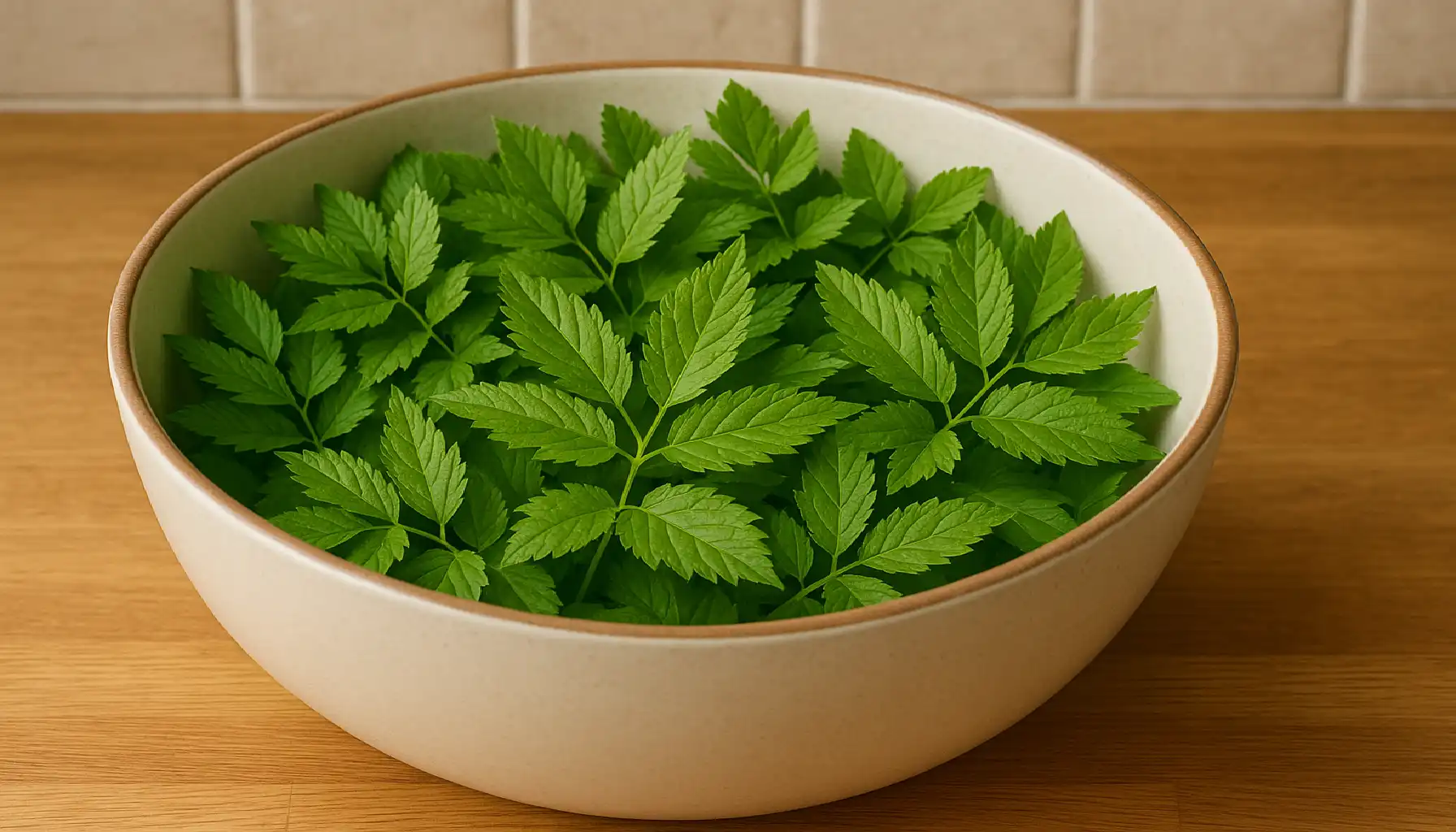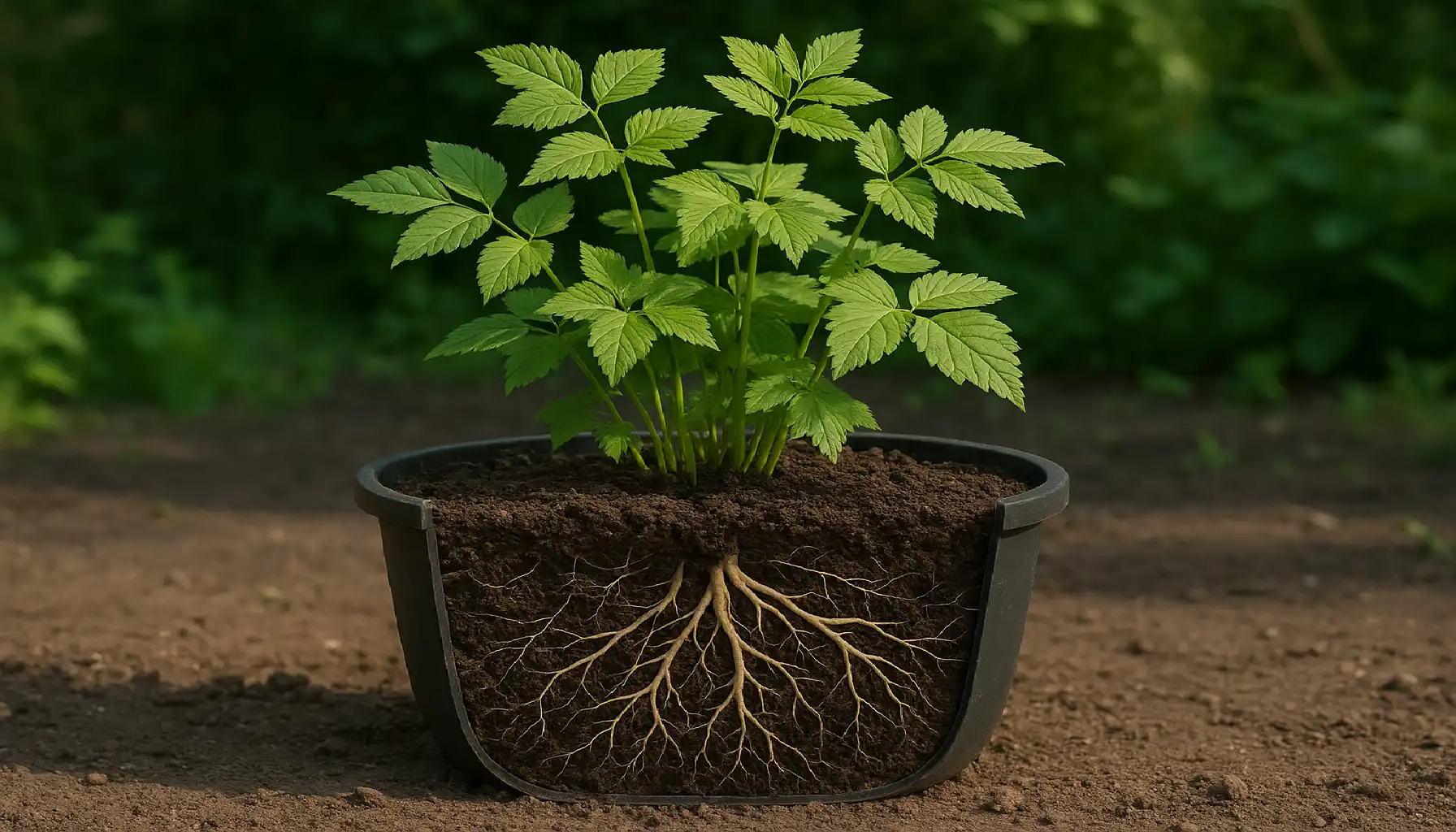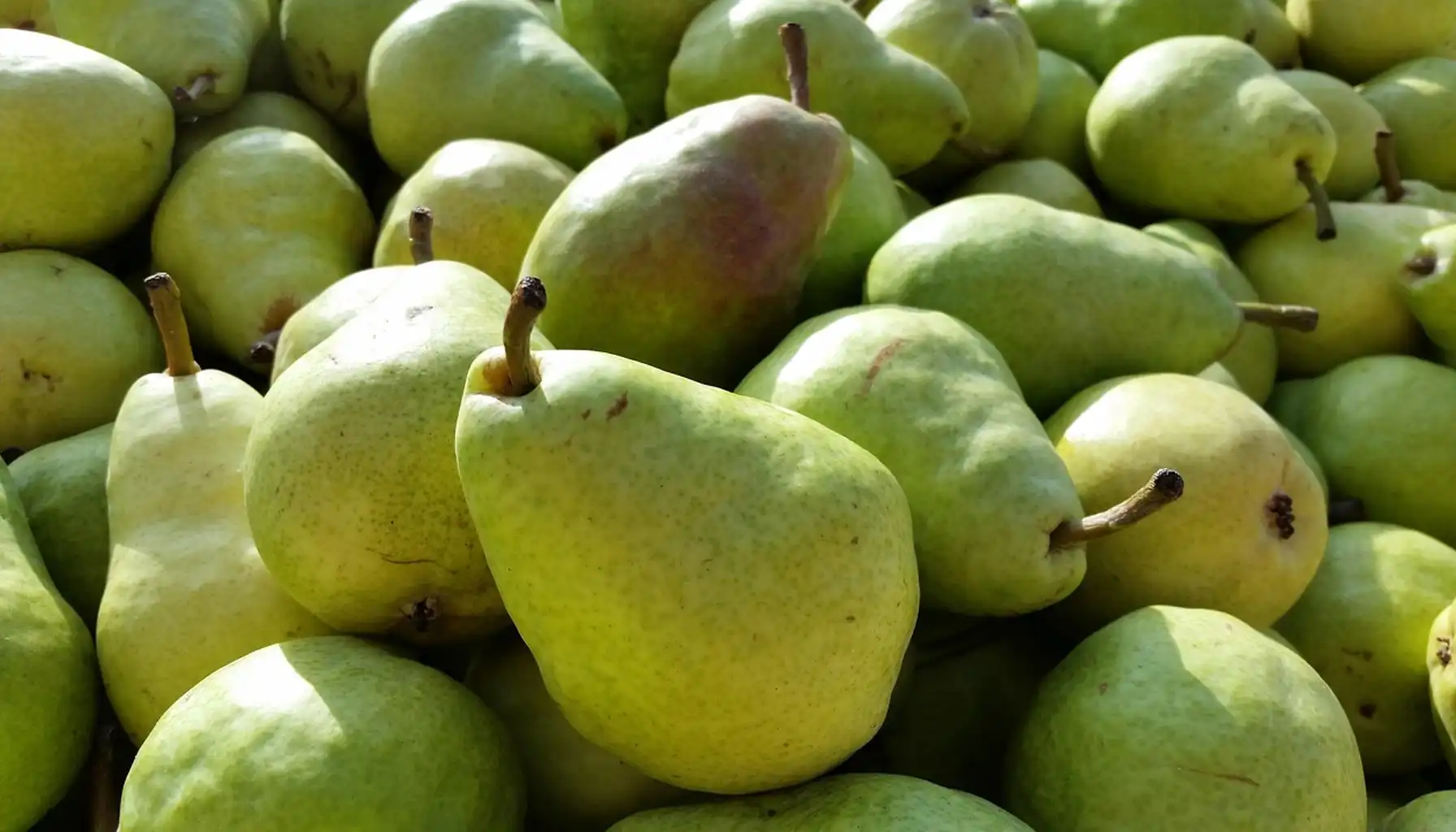.Ground elder, also known as bishop’s weed (Aegopodium podagraria), grows in shady spots and spreads quickly through underground roots. This hardy perennial produces clusters of white flowers in early summer and forms dense mats of green foliage. Gardeners first brought it in as a low-maintenance groundcover, but it often escapes beds and invades lawns and borders.
Once established, ground elder sends out long rhizomes that pop up new shoots far from the original patch. Pulling or mowing only makes it come back stronger, as fragments of root left behind sprout new plants. You need clear plant identification before you try any removal method.
Ground Elder Identification: What It Looks Like and How to Spot It
Ground elder identification starts with its distinctive foliage. You will see ground elder leaves in clusters of three leaflets with toothed, heart-shaped edges. In early summer, you catch ground elder flowers as flat umbels of tiny white blooms.
Beneath the surface, ground elder roots form a dense network of spreading rhizomes. Later in the season, check for ground elder seeds in small, ribbed fruits that follow the blooms.
Botanists classify this weed by its ground elder scientific name, Aegopodium podagraria. It sits in the carrot family, so its ground elder family is Apiaceae. It shares many traits with parsley and carrot relatives. Yet it grows far more aggressively than its culinary cousins.
You must tell it apart from similar plants and avoid misidentification. Learn the ground elder look alike species to prevent weeding errors. Note the leaf shape when comparing ground elder vs Queen Anne’s Lace, which has more delicate, finely divided leaves.
Distinguish ground elder vs hemlock by checking stem texture—ground elder stems remain smooth, while hemlock stems have purple blotches.
Is Ground Elder Invasive or Poisonous? Facts You Should Know
Gardeners often ask is ground elder invasive when they see it pop up in paths and flowerbeds. This weed spreads aggressively by underground rhizomes, forming dense mats that choke out other plants. It thrives in shade and sun, making it one of the most ground elder invasive species in temperate gardens. You must tackle it early to prevent large outbreaks.
People also wonder if this plant poses a health risk. Despite its wild reputation, ground elder poisonous effects remain minimal for humans. You can eat its young shoots in spring without harm. However, pet owners must note is ground elder poisonous to dogs, since ingestion can cause mild stomach upset in sensitive animals. Always keep your furry friends away from large patches.
Trait | Detail | Control Difficulty |
Invasiveness | High – spreads by rhizomes | Very difficult |
Native/Introduced | Introduced in North America | Moderate |
Poisonous to Humans | No – generally safe when young | Low |
Poisonous to Pets | Mild risk for dogs if ingested | Moderate |
Natural and Manual Ground Elder Removal Methods
You can learn how to remove ground elder by digging out its roots and runners. Use a sharp spade to cut deep into the soil and pull out every root fragment. Repeat cutting new shoots at ground level to exhaust the energy reserves. This basic ground elder removal method works best when you act early.
Some gardeners ask how to get rid of ground elder naturally by using mulch and cover plants. Lay down cardboard topped with a thick layer of compost to starve the roots. Plant shade-loving species like hostas or ferns to smother existing patches. These plants to smother ground elder create a living barrier that blocks light and slows regrowth.
If you want the easiest way to get rid of ground elder, combine digging, cutting, and smothering for maximum effect.
Mow or cut back shoots every week to weaken the plants. Be patient and consistent to see real progress without chemicals. This integrated approach keeps your garden chemical-free and healthy—check out Buckthorn Be Gone: Tips to Controlling Invasive Activity for sustainable removal strategies.
Natural Ground Elder Removal Tips:
Dig deep to remove root runners: Attack each rhizome at least 6–8 inches down to prevent resprouting.
Mulch with cardboard and compost: Cover bare soil to block sunlight and deplete root energy.
Repeated mowing to weaken plants: Cut shoots weekly to stop photosynthesis and exhaust the roots.
Smother using ground covers like hostas: Shade out ground elder with dense, low-growing perennials.
Chemical Control: Weed Killers That Target Ground Elder
You can learn how to kill ground elder by applying systemic herbicides that move through the plant’s vascular system down to the roots. Spray emerging foliage in early spring when plants actively grow. Use a shield or cardboard to protect nearby desirable plants from drift.
For spot treatments, choose a ground elder weed killer with selective action. Products containing triclopyr target broadleaf weeds while leaving grasses unharmed. Always follow label rates and wear protective gear to minimize risk.
Weed control chemicals work best when paired with manual removal. Cut plants back before spraying to increase spray contact on new growth. Wait at least two weeks after initial treatment and reapply if you see fresh shoots.
Product Type | Active Ingredient | Effectiveness |
Glyphosate Spray | Glyphosate (Roundup) | High (multiple doses) |
Selective Killer | Triclopyr | Moderate–High |
Organic Formula | Acetic Acid (Vinegar) | Low–Moderate |
Edible and Medicinal Uses of Ground Elder
Ground elder has a long history in folk medicine, thanks to its ground elder medicinal uses. Healers brewed its leaves into tea to ease joint pain and inflammation. They praised its ground elder benefits for soothing gout symptoms and supporting overall health. Traditional herbalists valued the plant’s mild diuretic and anti-inflammatory properties.
In the kitchen, this weed shines as a ground elder edible green. Young shoots work well in ground elder recipes, such as pureed soups and savory tarts. You can sauté its leaves like spinach or chop them fresh into pesto. These simple preparations turn an invasive plant into a flavorful, seasonal ingredient.
Always harvest responsibly and follow guidelines for ground elder uses to avoid confusion with toxic look-alikes.
Pick leaves early in spring before they toughen or flower. Wash them thoroughly and use them quickly, as older leaves may become fibrous. Proper timing ensures safety and maximizes both taste and nutrition—learn more in Strange & Tasty: Blackberry and Its Benefits.
Ways People Use Bishops weed:
Infused tea for joint pain (brewed from young leaves)
Cooked like spinach in Europe (sautéed with garlic and oil)
Salad greens when harvested young (adds a fresh, parsley-like flavor)
Folk remedy for gout (hence the name “bishop’s weed”)
These uses highlight how gardeners can turn a stubborn weed into a versatile herb for both kitchen and wellness.
Can Ground Elder Be Cultivated or Contained?
Some gardeners grow ground elder intentionally for its edible shoots and ornamental foliage. They plant it in sturdy containers with deep pots to rule out spread. When caring for a ground elder, use a well-drained soil mix and water regularly to keep leaves tender. You can move the pot to adjust sunlight and protect it from frost. Feeding with a balanced liquid fertilizer every month supports healthy growth in small spaces.
To keep ground-elder in check, install a root barrier around in-ground beds or use raised planters. The barrier must extend at least 12 inches deep to block rhizomes. Trim side shoots and remove runners as soon as they appear.
Monitor the bed each week and pull any escapes. This approach lets you enjoy its benefits without risking an unwanted takeover.
Ground Elder Myths and Odd Mentions
Some signs and place names use the term in unexpected ways. For example, FedEx Ground Elder Creek names a delivery hub and creek, not the weed. This misuse can mislead gardeners into thinking the plant grows there. You must rely on botanical descriptions to avoid such confusion.
The phrase when an elder dies a library burns to the ground comes from an African proverb about wisdom loss. It uses “elder” to honor community leaders, not to describe Aegopodium podagraria. Idioms like this highlight cultural meanings of “elder” rather than any link to the plant. Clarifying these odd mentions prevents mix-ups with other species—see how myths and facts collide in Myth or Fact: Do Any Vegetables Actually Grow on Trees?
Common Confusions Around:
Not related to elder trees
Not the same as hemlock
“Ground Elder Creek” is a place, not a plant
“Elder” in idioms often refers to wisdom or age
Simplify Identification with AI Plant Finder
Managing this fast-spreading garden weed requires accurate ID and timely action. You can snap a photo of its leaves, flowers, or roots and get instant guidance on control methods. Use AI Plant Finder to diagnose issues, learn removal tips, and track progress. This tool turns plant care into a straightforward, stress-free task.
AI Plant Finder Related Posts:
